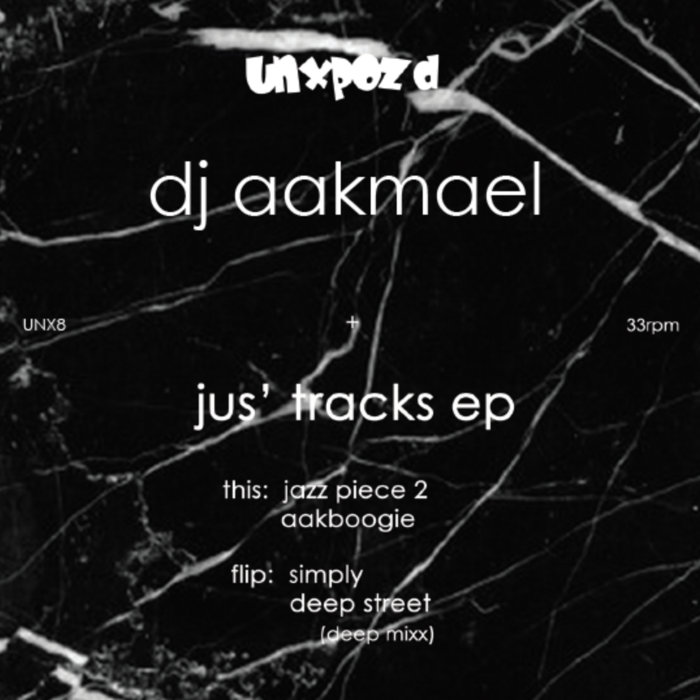
Jazz Piece 2 – Dj Aakmael (Unxpozd)
this blog is GROOVY – check out great Soul, Funk, Jazz, Hip Hop, Bass, Breaks , Reggae, House n many more TUNES
Underground house music, like a hidden gem tucked away in a dusty record store, is a sonic tapestry woven with threads of rebellion, experimentation, and pure, unadulterated groove. Its origins, like many musical revolutions, were born from the fringes, fueled by a desire to break free from the mainstream.
The Genesis:
The early 80s saw house music sprout in the fertile soil of Chicago’s underground club scene. Pioneers like Frankie Knuckles, Marshall Jefferson, and Larry Heard, with their infectious four-on-the-floor beats and hypnotic melodies, were the first to spark the fire. They drew inspiration from disco, funk, and soul, but their sound was something new, a throbbing heartbeat echoing the desire for a more liberating and inclusive dance experience.
The Rise of the Independents:
House quickly gained momentum, spreading like wildfire through the underground circuit. Independent labels like Trax Records and DJ International Records became crucial platforms for showcasing the genre’s burgeoning talent. Artists like Adonis, Jesse Saunders, and Armando were churning out groundbreaking tracks that pushed the boundaries of house music, exploring its deeper techno influences and experimenting with new sounds.
The UK Invasion:
Across the Atlantic, house music found a new home in the UK, particularly in the buzzing club scene of London and Manchester. DJs like Paul Oakenfold, Sasha, and Danny Rampling embraced the genre’s energy, introducing it to a wider audience and pioneering the “acid house” movement, characterized by the iconic Roland TB-303 synthesizer’s squelching sounds.
The Subterranean Spirit:
Underground house music, by its very nature, resists definition. It embraces the unconventional, the experimental, the unique. It’s a playground for DJs and producers to delve into their own creative depths, crafting intricate soundscapes that pulse with hidden rhythms and hypnotic melodies.
Funny Facts:
The Future:
The underground house scene continues to thrive, constantly evolving with new talent and innovative sounds. From the ethereal melodies of minimal house to the breakneck tempos of techno, underground house remains a vital force in electronic music, reminding us that the most powerful music is often born in the shadows.
The spirit of underground house is more than just a genre; it’s an attitude, a mindset, a community that refuses to be confined by mainstream expectations. It’s a celebration of freedom, creativity, and the power of music to unite us all on the dance floor.

Jazz Piece 2 – Dj Aakmael (Unxpozd)